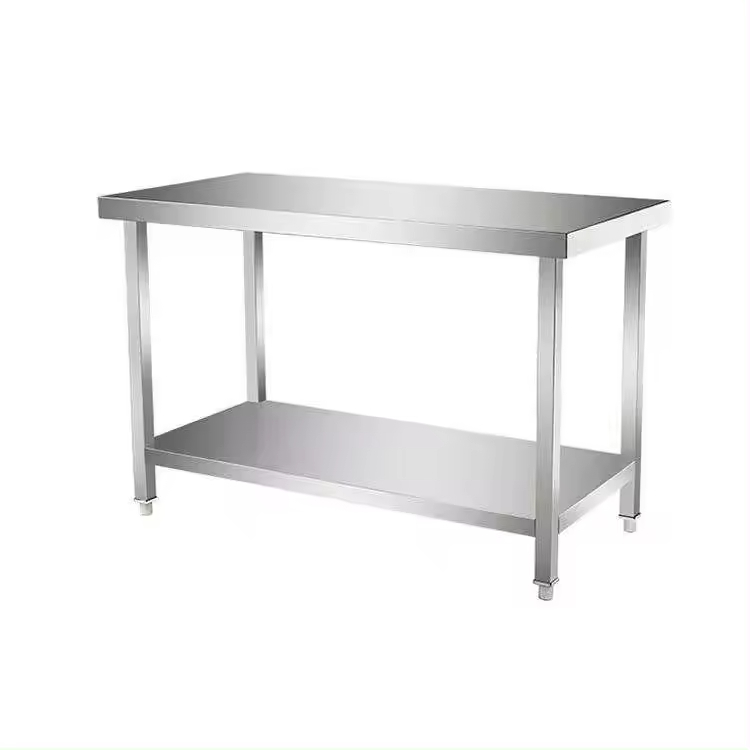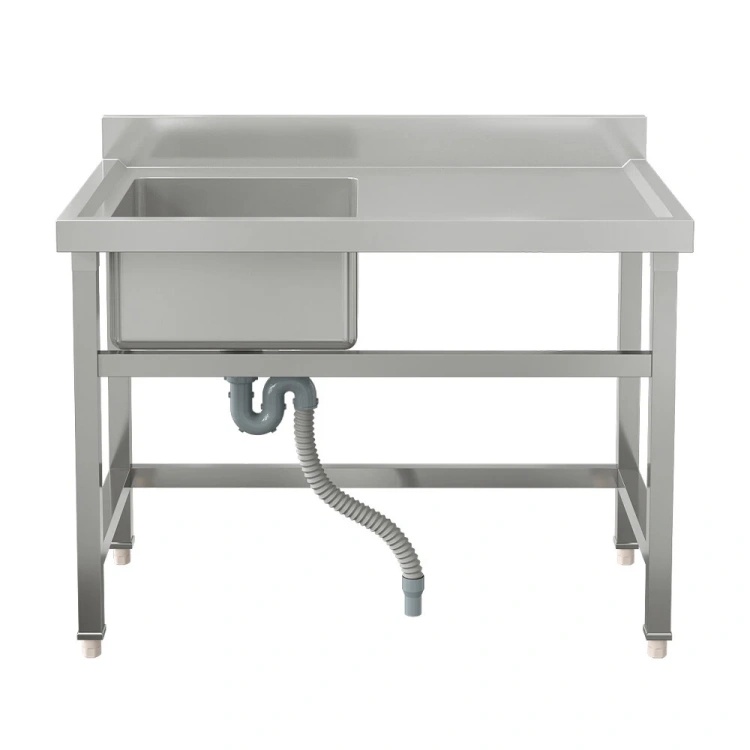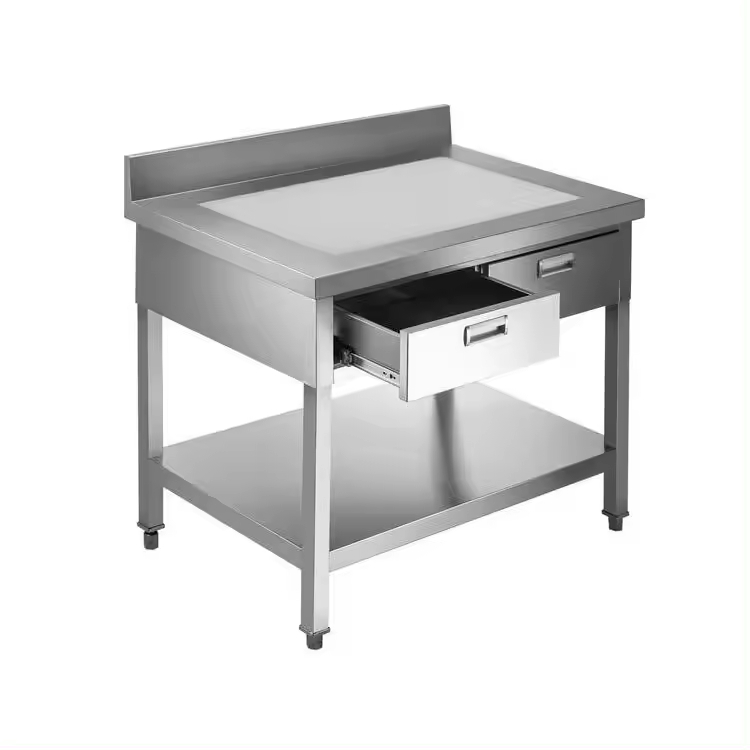In stainless steel product factories, bending machines are core equipment for achieving precise forming of stainless steel sheets and profiles. Their design is tailored to the physical properties of stainless steel (such as high strength, easy springback, and susceptibility to surface scratches), ensuring bending accuracy, efficiency, and product quality. Below is a detailed introduction covering core definitions, structural characteristics, classifications, key parameters, and application scenarios:
I. Core Definition
A stainless steel bending machine is a metal forming device specifically designed for stainless steel materials (such as 304, 316, and 201 series). It applies pressure to stainless steel sheets/profiles through dies to bend them along predetermined lines into specific angles (e.g., 90°, U-shape, Z-shape), and is widely used in mass production of stainless steel products.
II. Core Characteristics and Equipment Requirements for Stainless Steel
Compared with ordinary carbon steel, stainless steel has higher strength, larger elastic modulus, and stricter surface quality requirements. Therefore, its bending machines must meet the following special requirements:
- Anti-springback Design: Stainless steel exhibits significantly greater springback after bending than carbon steel (due to strong elastic recovery). The equipment must be equipped with high-precision CNC systems (such as DA52S, DELEM, etc.), which preset springback compensation parameters (calculated based on stainless steel grade and thickness) to ensure the bending angle error is ≤±0.5°.
- High Bending Force Output: The tensile strength of stainless steel (e.g., 304 stainless steel is approximately 520MPa) is higher than that of ordinary carbon steel, requiring greater bending force (calculation formula: Bending force ≈ 650 × thickness² × length / lower die opening width). Thus, the tonnage of the equipment is generally high (63-160 tons for small factories, and 300-1000 tons for large factories).
- Surface Protection Capability: Stainless steel products (such as kitchenware and decorative parts) have high requirements for surface finish. The dies of the equipment are made of high-strength alloys (e.g., Cr12MoV), with surfaces polished (Ra≤0.8μm) or chrome-plated to reduce friction scratches. Some high-end equipment is equipped with “non-indentation bending dies” to reduce the risk of surface damage by optimizing the die contact area.
- Stable Power System: Most adopt servo-hydraulic drives (replacing traditional hydraulic systems), with more stable pressure output (pressure fluctuation ≤±1%), avoiding bending angle deviations caused by unstable power.
III. Structural Composition
- Frame: Mostly an integral welded structure (e.g., steel plates welded and then aged to eliminate stress), ensuring high strength and rigidity to prevent deformation under force from affecting accuracy.
- Bending Execution System:
- Slide Block (upper die mount): Drives the upper die to move up and down, applying bending force;
- Worktable (lower die mount): Fixes the lower die, some adjustable (e.g., deflection compensation device to offset worktable deformation during bending of long stainless steel plates).
- Dies: Core components. The upper die (e.g., sharp knife die, arc die) determines the bending angle; the lower die (V-groove) selects the groove width according to the stainless steel thickness (usually 6-10 times the material thickness to avoid cracking).
- Drive System: Mainly servo-hydraulic systems (composed of oil pumps, cylinders, valves), providing stable bending force; small equipment may use mechanical transmission (suitable for small-batch production of thin plates).
- CNC System: Controls the slide block stroke, speed, and bending angle, supporting program storage (can save hundreds of stainless steel workpiece bending programs, suitable for mass production). High-end models are equipped with touch screens + handwheels for easy parameter adjustment.
IV. Classification (Common Types in Factory Scenarios)
- By Drive Method:
- Hydraulic CNC Bending Machines: Mainstream models with large bending force (10-1000 tons) and high precision (angle error ≤±0.3°), suitable for thick plates (≥1mm) and complex bends (e.g., continuous bending with multiple angles). Preferred in stainless steel kitchenware and chemical equipment factories.
- Electro-Hydraulic Servo Bending Machines: Hydraulic systems combined with servo motors, featuring low energy consumption (30% more energy-efficient than traditional hydraulic machines) and fast response. Suitable for high-precision scenarios (e.g., stainless steel components for medical devices).





